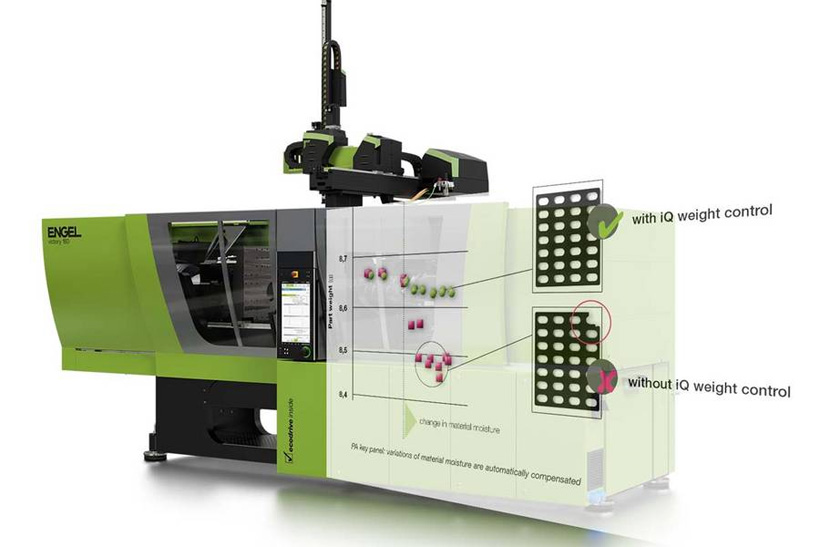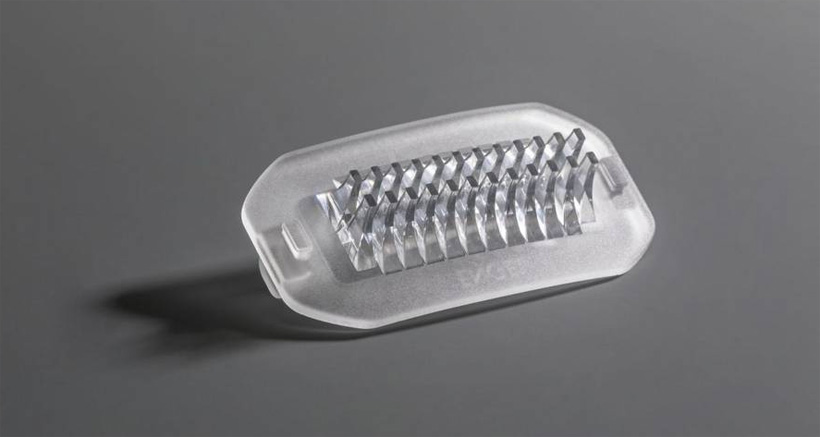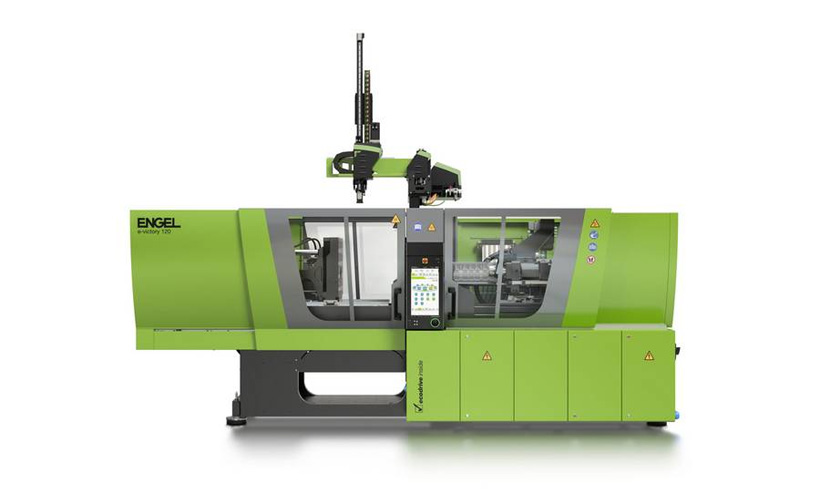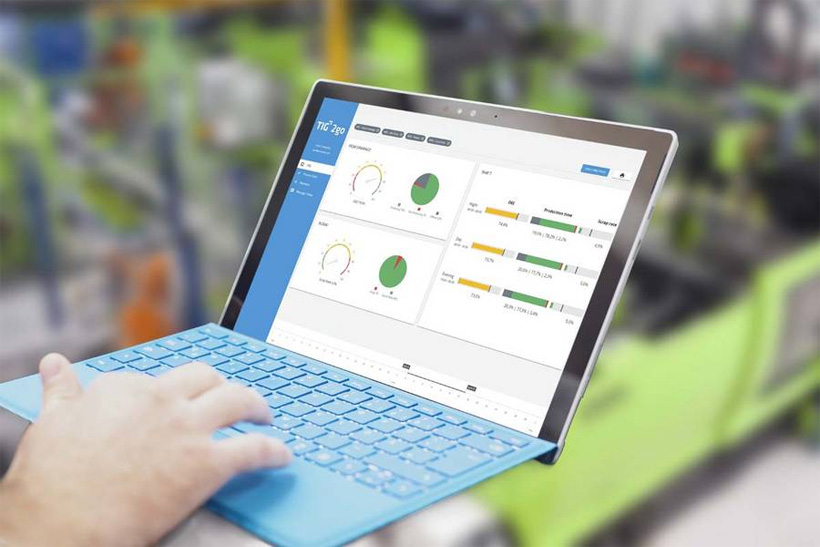| MAIN |
ENGEL at Chinaplas 2019| Subj: Press-releses The automotive industry is one of the pioneers when it comes to exploiting optical silicones for lighting systems. In addition to this, LSR is also becoming increasingly important as a lens material for street and building lighting. Like the established thermoplastic lens materials PMMA and polycarbonate, silicone offers significant weight savings compared to glass. However, LSR is superior to organic polymers in terms of thermal and chemical resistance. Highly transparent grades for optical applications have a lower yellowing index than thermoplastic lens materials. They are extremely resistant to environmental influences such as UV radiation and can be used over a wide temperature range from —40 to +200 °C. In addition, they allow particularly flexible design. In terms of the geometry, there are almost no limits when processing LSR in injection moulding. 
During the four days of the fair, ENGEL will be processing Dowsil MS-1002 Moldable Silicone by Dow Silicones (Wiesbaden, Germany), a material developed specifically for use on injection moulding machines. The curing speed has been optimised to obtain a smooth and very hard surface similar to thermoplastic. The high light transmission ensures a very good luminous efficiency. In addition, the high thermal stability enables an outstanding transparency. The surface, with its extremely filigree structure, is moulded with highest reproducibility. The LED lenses leaving the production cell are ready for installation. Tie-bar-less technology as an efficiency factor 
Tie-bar-less injection moulding machines offer a number of advantages for processing LSR. The fact that the robot can reach the cavities directly from the side without having to circumvent any obstacles reduces the handling time, and therefore the mould opening time. On top of this, the tie-bar-less technology allows for particularly compact production cells. Because there are no tie bars in the way, the mould mounting platens can be fully used up to their very edges. This means that the high-volume lens mould necessitated by the complex component structure fits on a comparatively small 120 ton injection moulding machine. One of the reasons for the accurate reproduction of surface detail is the outstanding parallelism of the mould mounting platens. The patented force divider ensures that the moving mould mounting platen follows the mould precisely while clamping force is building up and that the force introduced is evenly distributed across the platen surface. When multi-cavity moulds are used, the parting lines of all cavities experience the same surface pressure. This prevents flash when processing very low-viscosity silicones, and avoids reworking of the injection moulded parts. 
Intelligent assistance prevents rejects The camera system integrated in the process checks and documents the quality of the parts. An ENGEL viper 40 linear robot is used for parts handling. 
Augmented reality reduces errors in operation Self-optimising injection moulding machine One special highlight in the ENGEL Expert Corners is the ENGEL customer portal e-connect, which will be presented in the Chinese language at Chinaplas. At any time and anywhere, it provides an overview of the machine status, the processing status of service and support orders and the prices and availability of spare parts. In this way, the portal simplifies and accelerates communications between processors and ENGEL. All service products from ENGEL’s inject 4.0 program are integrated into e-connect, including the new e connect.monitor for condition-based predictive maintenance and e-connect.24 for 24/7 online support. Connectivity ensures transparency ENGEL at Chinaplas 2019: hall 4.1, stand J41 Source: ENGEL Previous news |